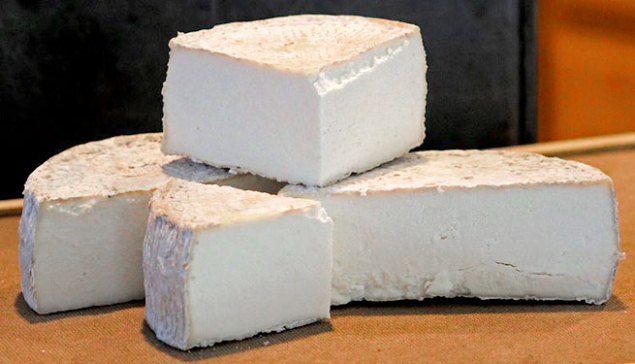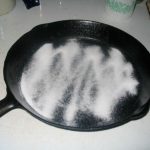Cheese is a basic ingredient that is quite used in pizzas, burgers, pastas and other delicious cuisines. Usually you buy it from the dairy stores and other food stores to use in your cuisines. Many of you think that making cheese at home is quite difficult, but this is not correct. You can easily make cheese using the common ingredients and tools found in most kitchens. Yogurt cheese is a basic cheese to start with. You can also make cheese with some tangy taste by adding vinegar in it. Once you’ve learned this, try your skills at the different types of cheese like the difficult method involving ingredients such as rennet. Read the article to learn the methods to make cheese. Try to make cheese in small quantity if you are a beginner as if it doesn’t go well, it doesn’t pinch you hard.
Methods to Make Cheese
1.) Yogurt to Make Cheese
Steps to Follow:
- In a pan, heat one liter of milk to just 110ºF with the help of a thermometer used in cooking. Do not use the highly pasteurized milk for best cheese.
- Mix one packet of the yogurt starter packet, easily available from the cooking stores and cheese-making stores. Otherwise, use two spoons of the plain yogurt with live active packet.
- As an alternative of draining in the refrigerator as mentioned below, let it drain in a yogurt producer for ten hours. This helps to keep the yogurt around 100ºF and boost the bacterial fermentation.
- Lay around four layers of cheesecloth on a strainer, and place the strainer over a big saucepan. Drop as much yogurt as you like onto the cloth at a time.
- You can also hang the yogurt up in the cheesecloth and tie it over a pot as an alternative.
- The extra liquids present in the yogurt will drain in some time and you will get a spongy, fluffy cheese like consistency.
- The more time you will give to the yogurt to drain, the complex and thicker the cheese will be.
- You can also smooth out the cheese mixture with a spoon for a creamier texture.
- Let it drain at the normal room temperature as it will speed up the process fast, but it risks of introducing harmful bacteria.
- Once you see that no liquid is draining out of the yogurt, transfer it to another bowl, using an extra clean cloth underneath.
- Cheesecloth will form a beautiful and unique pattern on the cheese; however you may use anything you wish.
- Do not store it for weeks; eat before it spoils.
- You can also add salt and other herbs for a delicious topping, or sugar for a light dessert.
2.) Lemon Juice to Make Cheese
Steps to Follow:
- You must use cream milk for this recipe.
- Non-homogenized milk gives the most aromas, but standardized milk will also work fine.
- Avoid the use of milk that is labeled with ultra-pasteurized or UHT.
- Add some acidic ingredient like lemon juice or vinegar, while you check the milk with a waterproof pH meter. Add until the pH of the milk reaches 5.9–6.0.
- The lemon juice adds a sort of tangy citrus flavor in the milk. Fresh extracted lemon juice is safe, better and cleaner than bottled juice.
- You can also try the distilled white vinegar to add tangy flavor, giving you best results every time you follow the steps.
- It solely depends on your choice to add lemon juice or vinegar. Look for vinegar at a grocery store or baking supply store.
- Gradually heat the acidified milk to 80 to 85°C, while mixing constantly.
- It is very essential to regularly mix the milk otherwise it will burn.
- At this temperature, keep the milk for half an hour.
- Stop mixing once the milk splits into solid curds form and liquid.
- Never break the curds into further small pieces.
- The reliable method to measure the milk temperature is with an infrared thermometer.
- Strain the curds onto a fine and thick cheesecloth or handkerchief. Press the cloth around the curds to take away most of the water out.
- You can use a draining device if you don’t have muslin cloth, but you’ll miss some of the curds.
- You can also rinse the curds in clean water for a better mild-flavored cheese.
- Make sure you drain for a few minutes for a cream cheese thickness.
- Fifteen minutes for a moist spread is sufficient, and a few hours in the refrigerator for a pretty firm cheese.
- Put all leftovers in a close container in the refrigerator and have it before it goes bitter, usually within a week.
- To decrease the chance of harmful germs, do not leave the cheese at room temperature for longer than thirty minutes.
- Mix some salt in it for significantly more aroma and long life to store.


















